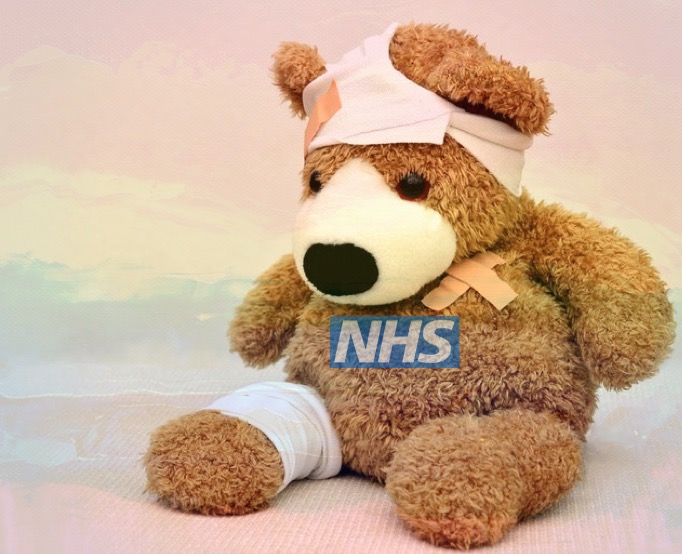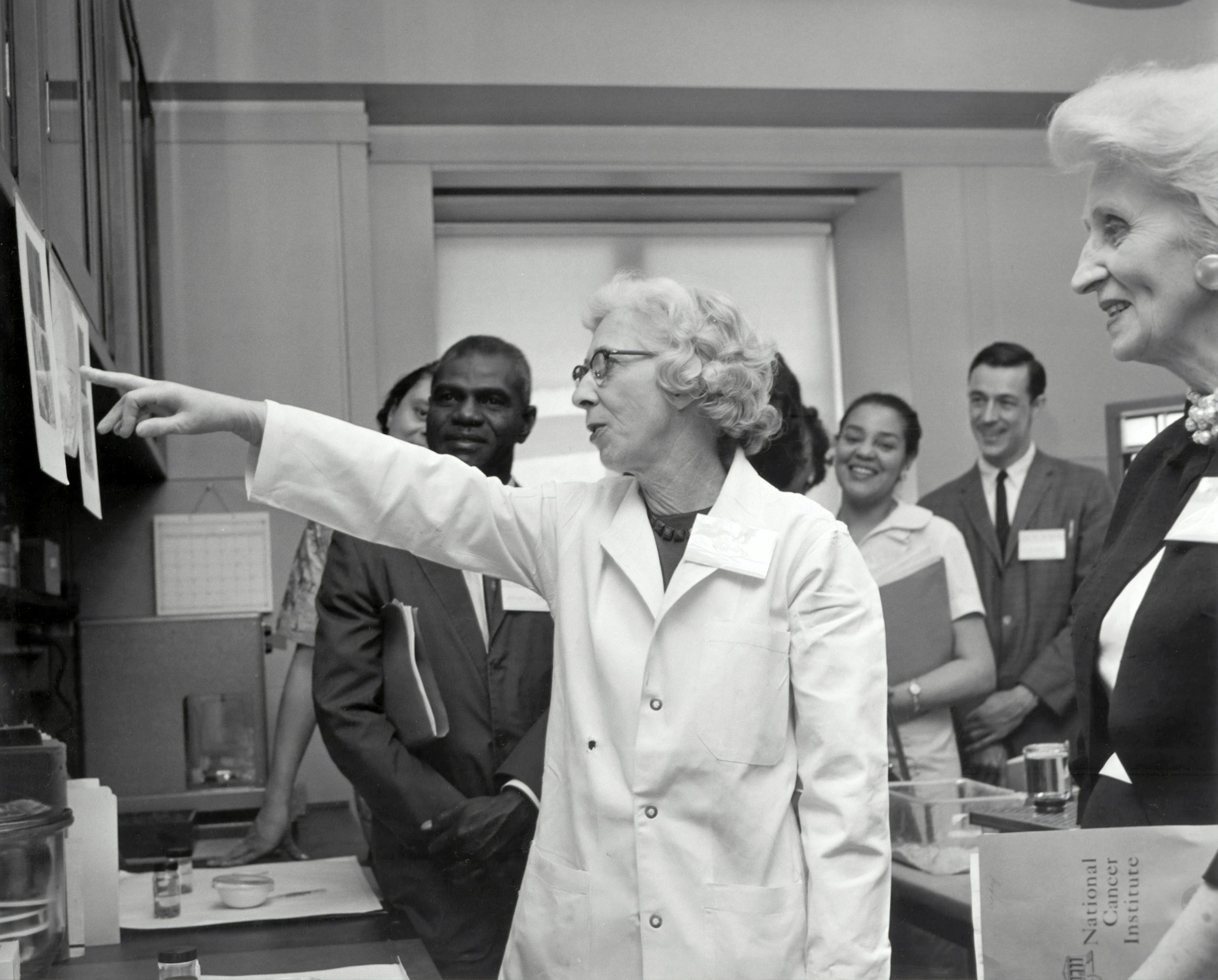It was once said that the NHS is the closest thing we have to a religion in Britain, and coronavirus has only strengthened this notion further. While public support has grown like never before, our health service will inevitably face problems as we navigate ourselves out of this crisis. As we move past the peak, it’s time we focus on what’s next.
Problem 1: Social distancing may still be needed until a vaccine or treatment is found
Whilst the overall theme of this issue is the world after coronavirus, perhaps, for now, we should swap ‘after’ for ‘with’. So long as COVID-19 persists, social distancing may still be in place and traditional face-to-face consultations will continue to be limited. Given we cannot pause appointments until the pandemic ends, and vulnerable patients should still get medical help even if entering a healthcare setting may be unsafe for them, it seems the future of our NHS looks largely digital.
GPs are now doing up to 90% of consultations virtually, allowing patients to safely speak to their doctors and demonstrating the extraordinary change that is possible. During lockdown, online prescriptions have increased by 97%, including significant use by those over 65 — a cohort thought to be disadvantaged by virtual healthcare. With the new NHSX unit specifically developed to drive the ‘digital transformation of healthcare’, the UK now has an opportunity to bring the NHS into the 21st century. 90% is too high a proportion for virtual consultations, but we should now use the rapidly built infrastructure to continue these after the pandemic passes, saving hours of patient travel and most importantly, reducing infection risk.
Problem 2: Long waiting lists and indirect COVID deaths
7.2 million people are estimated to be on hospital waiting lists in four months’ time. This highlights a major problem the NHS is battling with — non-COVID patients. Over 30,000 beds in the country have been freed up to deal with the coronavirus surge; if the pandemic hadn’t struck, these beds would have instead all been used to reduce waiting lists. Therefore, as our death toll continues to rise, there will sadly be many hidden indirect deaths. Surveys also report a population fearful of entering hospitals, shown by A&E admissions dropping by 57%. Whilst this relieves pressure on the NHS in the short term, it also means that patients that do come in are sicker after delaying until the last possible moment.
Another issue is cancer screening. With services paused, 200,000 people a week are no longer being screened for cervical, bowel and breast cancers, meaning that early-stage, easily treatable tumours cannot be detected. Furthermore, a survey has shown that 1 in 10 would not contact their GP if they found a suspicious lump or mole, stating fears about getting coronavirus, passing it on or, most heartbreakingly, being a burden to the NHS. We cannot afford this as a nation, and we cannot allow cancer mortality to rise by the estimated 20% because of COVID-19.
The potential solutions are complex. We could introduce mobile screening trucks to supermarket carparks (many already exist), but technicians carrying out the screening would need adequate PPE, where shortages already exist. Furthermore, even if screening happens, long waiting lists may mean patients cannot get treatment for early-stage cancers, as priority is given to more urgent cases. The only solution to this backlog is increasing capacity. As normal hospital procedures resume, the NHS needs to expand. In building the Nightingale Hospitals, the pledge to build 40 new hospitals across the UK was largely forgotten, but this is entirely what we need. We need extra beds, extra staff and overall extra capacity to deal with the aftermath.
Another issue is vaccinations. The number of children receiving the MMR vaccine has dropped by 25% since lockdown began, which is especially serious considering the UK’s recently lost measles-free status. Whilst we hope to get the coronavirus R0 value (number of people an infected person will infect) far below 1, the R0 for measles is 12-18. As a result, insufficient MMR vaccinations, like insufficient cancer screening, could indirectly lead to thousands more deaths. An ideal solution would be a nationwide broadcast informing all new parents that they can — and should — still vaccinate their children.
Problem 3: Staff shortages when we need them the most
It is no secret that the NHS is held together by the goodwill of its staff. Pre-COVID, we were short of 40,000 nurses and the post-COVID NHS is likely to face even bigger shortages. Those who returned from retirement to help out will presumably return to retirement and if PPE shortages continue, staff —and even students — may no longer consider the NHS a safe place to work. Doctors are self-isolating, and the global nature of coronavirus may mean we will find it harder to recruit overseas staff. These will all contribute to a diminished workforce in a time in which we will need more manpower than ever. We need to train more medical students, attract more foreign doctors and retain our current staff by making the NHS a rewarding place to work.
Individual hospitals could act like individual colleges with a team in each one to provide in-person support to every NHS worker
Another major issue is staff burnout. I have been volunteering during COVID-19 at a hospital where my mother is a doctor. As my mother introduced me to a nurse she knew, the first thing the nurse said to us was, “Have you come to show your daughter how broken we are?”. When Ebola broke out in 2014, the possible psychological toll was explained to healthcare workers before they made the decision to help out. There was no such warning for COVID-19 frontline workers. As we move past the peak and potentially face a second wave, the government must not forget the mental health of those who saved hundreds of lives, including our Prime Minister’s. At Oxford, we have a huge welfare network; perhaps individual hospitals could act like individual colleges with a team in each one to provide in-person support to every NHS worker.
Despite these issues, it is important to recognise that positive changes may also take place. For example, the care-home outbreaks have brought public awareness to social care issues and may catalyse future reform. Furthermore, the large-scale volunteering and community spirit we are seeing may continue for years to come. On a logistical note, many health services have been paused out of necessity, however, future audits may show that this did not have any negative outcomes, potentially saving future hours and spending. Hospitals have also demonstrated immense flexibility in converting operating theatres to makeshift ICUs and dealing with PPE shortages. We are seeing change happen like never before and we should not let it end.
We must give our NHS more than just applause.
COVID-19 has stretched our NHS in much the way that the hectic Oxford life stretches us to achieve more than we thought possible. Therefore, we must give our NHS more than just applause, and the government urgently needs to address other issues, such as funding in the inevitable austerity. COVID-19 will be a turning point for the NHS and we don’t yet know whether it will be for better or worse. We must use this opportunity to make positive changes so that the NHS emerges stronger and more sustainable than ever.





